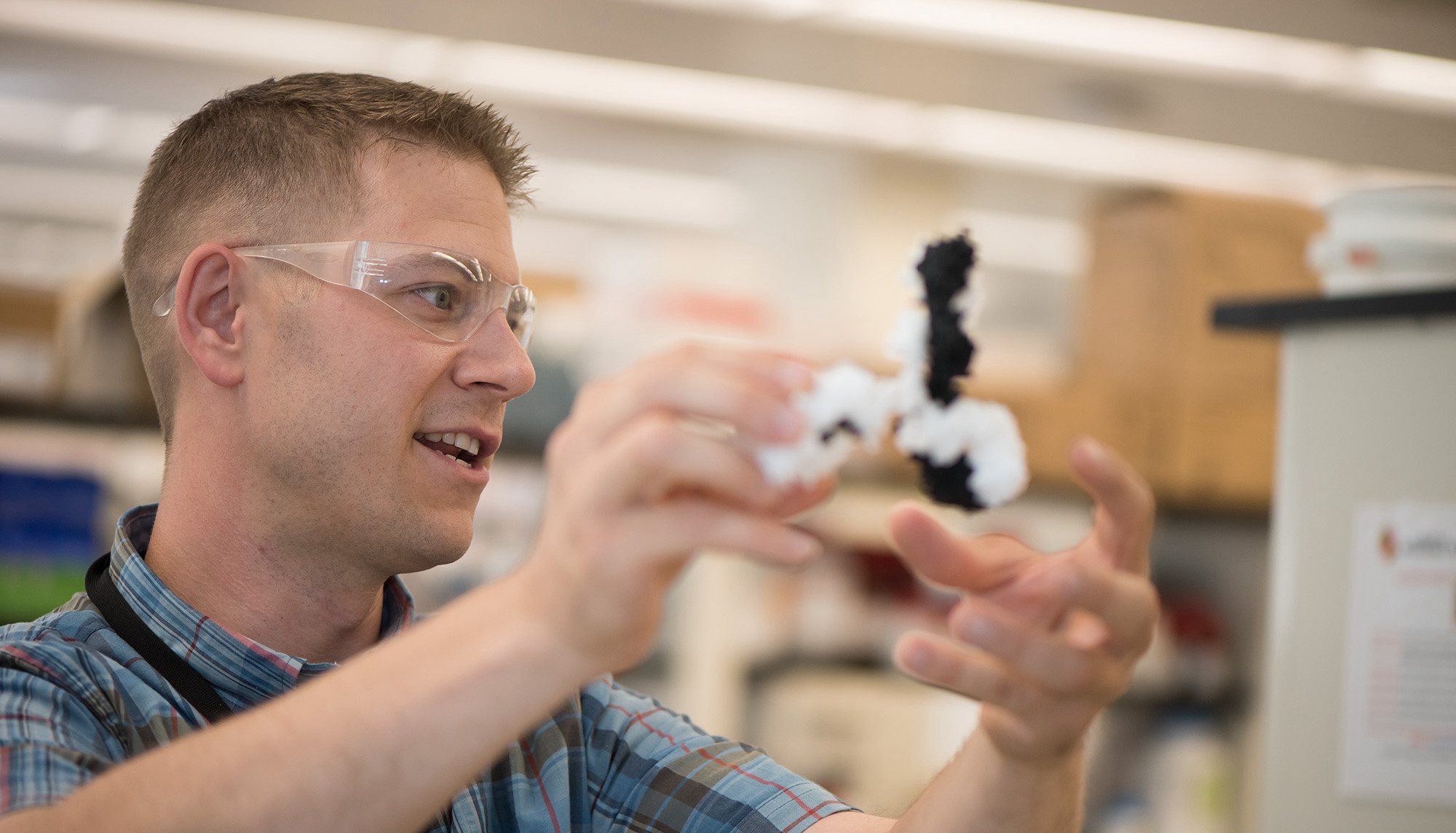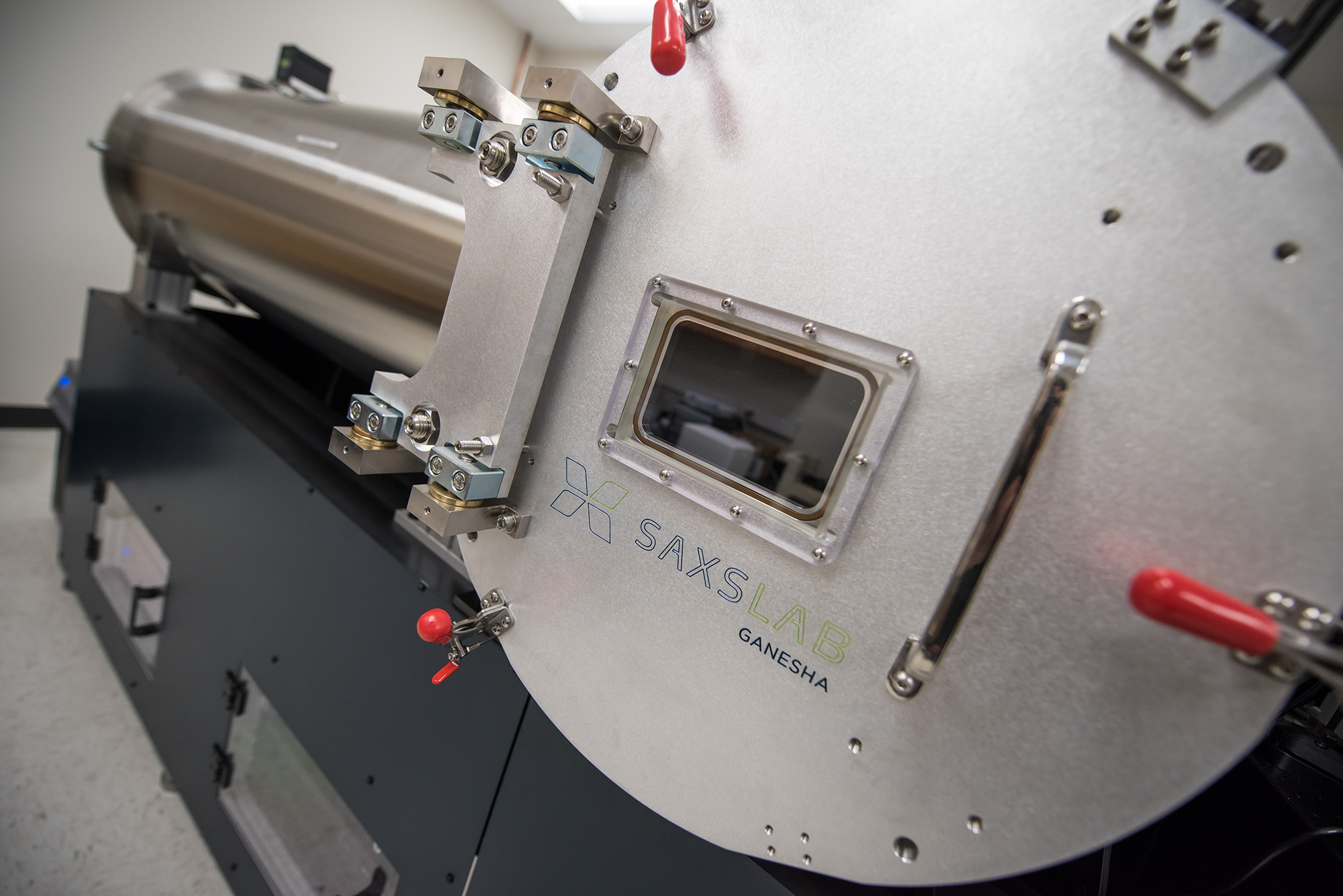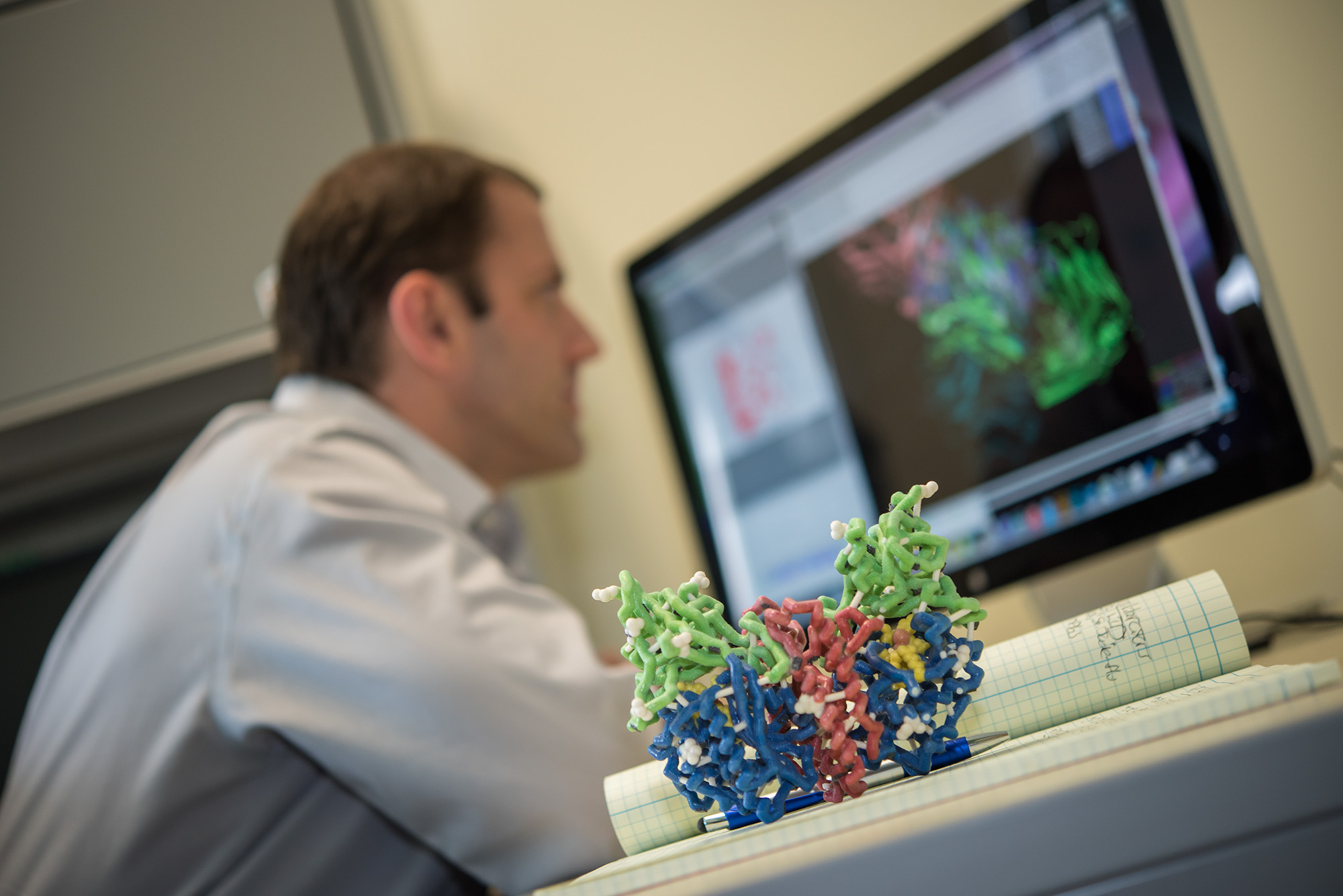.png)
Third Annual Early Career Symposium at IBBR
IBBR invites you to participate in the Third Annual Early Career Symposium at IBBR on September 12, 2024 from 8:30am-6:00pm at our facility in Rockville, Maryland. This year's symposium builds on the success of our past symposiums held in 2022 and 2023 which were attended by 150 participants from the...

IBBR Researchers Collaborate with the FDA to evaluate wNMR for Biomanufacturing Automation
Dr. Bruce Yu, IBBR Fellow and MPower Professor, of the University of Maryland, School of Pharmacy, along with Drs. Marc Taraban, Katharine Briggs, and Pallavi Guha-Biswas have been collaborating with the FDA through the Maryland-Center of Excellence in Regulatory Science and Innovation (M-CERSI) on a regulatory science challenge. The FDA...

Suruchi Singh Receives Travel Grant from American Crystallographic Association
Congratulations to Dr. Suruchi Singh, a postdoc at IBBR in the Hasan Lab, on being awarded a prestigious Travel Grant by the American Crystallographic Association (ACA) to give a talk at their upcoming 74th annual meeting. This year’s theme is “A Golden Future for Structural Science,” with aims to highlight...
About IBBR
IBBR is a joint research enterprise of the University of Maryland, College Park, the University of Maryland, Baltimore, and the National Institute of Standards and Technology.
IBBR leverages state-of-art integrative methods for bioanalytical, biophysical and structural characterization of biomolecules: cryo-electron microscopy, nuclear magnetic resonance, x-ray crystallography, small angle neutron and x-ray scattering and mass spectrometry.
IBBR researchers seek to advance therapeutic development, biomanufacturing, and state-of-the-art measurement technologies, to support accelerated delivery of safe and effective medicines to the public.
IBBR is a major initiative and supported in part by the University of Maryland Strategic Partnership: MPowering the State (MPower) , an initiative designed to achieve innovation and impact through collaboration.
Connecting
IBBR Commons
Sophisticated state-of-the-art instrumentation and facilities, and in-house expertise located in shared space and dedicated to advance research, support collaboration and foster innovation of methods. Instrumentation and facilities include tools for high-resolution structural biology, bioanalytical and biophysical measurement, protein engineering and cell culture, advanced computation including artificial intelligence and deep learning methods, and general laboratory services. These capabilities and advanced training are available to IBBR scientists and collaborators.
IBBR Postdoc Program
The IBBR Postdoc Program (IPP) focuses on collaborative research involving basic science and technology development that advances therapeutic development, vaccine development, and biomanufacturing. IPP Fellow project teams are designed with a combination of the IPP Fellow career goals and priorities of project mentors who can be from academic, government, and/or industrial laboratories throughout the University of Maryland, NIST and the I-270 corridor.
NMRPipe
IBBR is home to NMRPipe, a popular collection of programs and scripts for manipulating multidimensional Nuclear Magnetic Resonance (NMR) data. The use of NMRPipe is noted in roughly 40% of all NMR structures accepted into the Protein Data Bank.

Upcoming Events
Friday, August 2, 2024 - 11:00am
Amedee des Georges
NYU
Monday, September 9, 2024 - 11:00am
Pin-Kuang Lai
Stevens Institute of Technology
Monday, September 30, 2024 - 11:00am
Recent Publications
Quantitative Analysis of Complement Membrane Attack Complex Proteins Associated with Extracellular Vesicles.
Extracellular vesicles (EVs) represent a universal mechanism of intercellular communication in normal and pathological conditions. There are reports showing the presence of complement proteins in...
Knockdowns of CD3zeta chain in Primary NK Cells Illustrate Modulation of Antibody-Dependent Cellular Cytotoxicity against Human Immunodeficiency Virus-1.
Multifaceted natural killer (NK) cell activities are indispensable for controlling human immunodeficiency virus (HIV)-1 transmission and pathogenesis. Among the diverse functions of NK cells,...
Enhancing SILCS-MC via GPU Acceleration and Ligand Conformational Optimization with Genetic and Parallel Tempering Algorithms.
In the domain of computer-aided drug design, achieving precise and accurate estimates of ligand-protein binding is paramount in the context of screening extensive drug libraries and performing...
Redox-mediated Biomolecular information transfer in single electrogenetic biological cells.
Electronic communication in natural systems makes use, inter alia, of molecular transmission, where electron transfer occurs within networks of redox reactions, which play a vital role in many...


